Feeding chickens with the appropriate poultry feed is a bit more complex than just getting a basic commercial pellet blend. While chickens can persevere on this type of diet, the lack of other necessary ingredients will keep them from materializing their full egg laying and meat building potential. Not all chickens are created equal, so it is important to understand how to feed them in ways that provide the end results you are looking for. Here are some tips on selecting the right feed for your chickens.
Understand the Basics
Chickens are fairly straightforward creatures in their nutritional needs, but they do require the proper balance of ingredients to remain healthy and productive. The five basic classes of nutrients needed for poultry include carbohydrates, proteins, fats, minerals and vitamins. Out of these, proteins are the most important because it is the main building-block for both eggs and meat. When choosing your feed, be sure that it includes all of these nutrients in proportions that are suitable for your particular flock.
Feed for Desired Results
Providing the proper feed for your chickens should be based upon whether you are raising them for meat, eggs or a combination of both. Each type requires different protein ratios and blends of feed by age as follows:
Meat
0-2 weeks.....chick starter with 22-24% protein
2-4 weeks.....grower blend with 20-21% protein
4 weeks and above.....finisher blend with 18-20% protein
Eggs
0-6 weeks ... chick initiator with 20-21 % protein
6-10 weeks.....pullet grower with 16-19% protein
At egg production.....layer blend with 16-18% protein
Combination
0-6 weeks ... chick initiator with 20-21 % protein
Prior to egg production.....pullet grower with 15-19% protein
At egg production.....layer blend with 16-18% protein
It is important that layer blends not be provided to chickens grown strictly for meat because the higher mineral content may damage their kidneys. A chick starter with medications is also recommended for getting your flock off to a healthy start.
Choose the Right Form of Feed
Chicken feed comes in the three basic forms of mash, pellets and crumbles. Mash includes all of the ingredients that are ground into fine crumbles and mixed together. Pellets are formed from mash and held together with a binder. Crumbles are pellets that have been broken down into smaller pieces.
Which form of feed to use is best determined by the size and preferences of your chickens, but it is generally the case that mash is the most common blend for chick starters. Some research has shown that chickens grow and lay better on crumbles, but the most important aspect is to provide your birds with quality feed in a form they will most consistently eat.
Supplement with Greens
Chickens love green vegetables whether it is produce from the garden, clippings from the yard or just common weeds. If your chickens are mainly contained to a small area, supplementing their diet with greens is a good way of providing additional vitamins and minerals. However, at no time should these supplements become the majority of their food intake. Make them a treat, not a habit.
Give Them Grit
All birds need grit to aid in their digestion of food. Supplying your chickens with a grit product like ground oyster shells will not only keep them healthier, but also aid in producing stronger eggshells

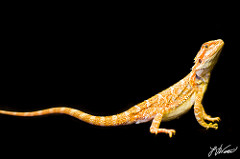 Investigating Speedy Systems For Alligator
Alligators would be the most dangerous from the exotic pets
Investigating Speedy Systems For Alligator
Alligators would be the most dangerous from the exotic pets
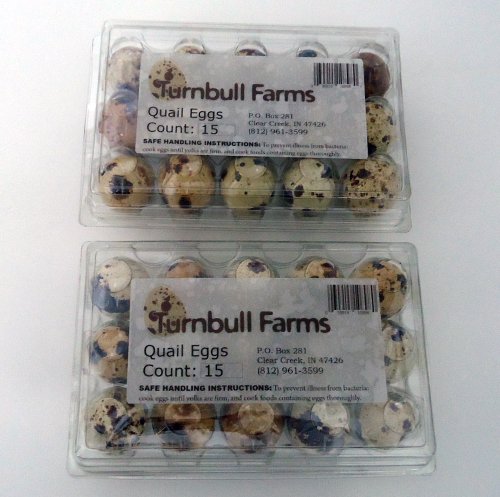 Raising Quail As Meat Birds
Quail meat i
Raising Quail As Meat Birds
Quail meat i
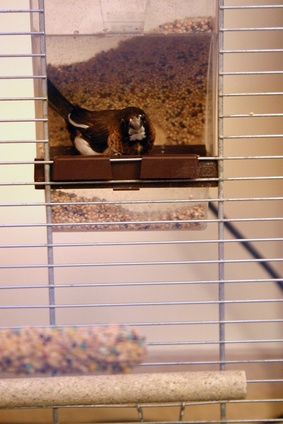 Homemade Indoor Bird Cages
Homemade Indoor Bird Cages
Homemade In
Homemade Indoor Bird Cages
Homemade Indoor Bird Cages
Homemade In
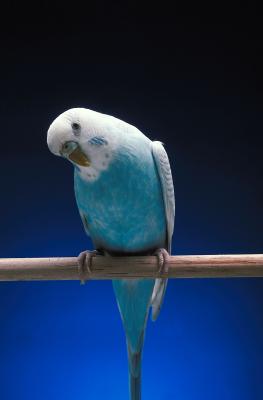 How to Kill Mites in Caged Birds
How to Kill Mites in Caged Birds
How t
How to Kill Mites in Caged Birds
How to Kill Mites in Caged Birds
How t
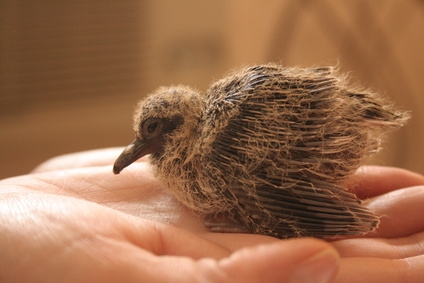 How to Take Care of Wild Baby Birds
How to Take Care of Wild Baby Birds
Ho
How to Take Care of Wild Baby Birds
How to Take Care of Wild Baby Birds
Ho